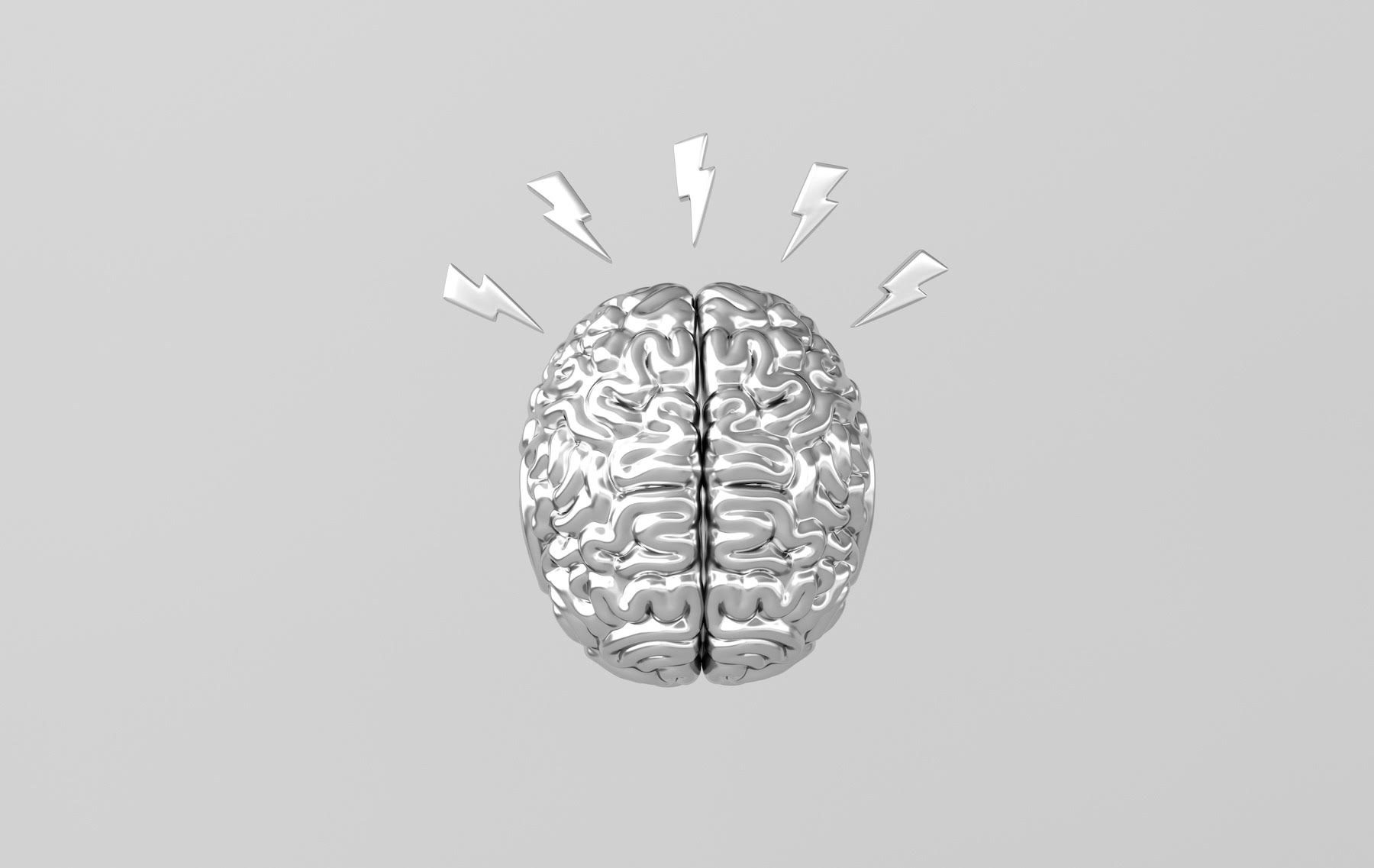

How to Engage 100% of Your Mind in Meditation
Meditation is a popular technique that entails sitting still and paying attention to your breath to increase one’s state of awareness and focused attention. This practice is also well-known known for its many physical and health benefits. As such, healthcare practitioners and yoga teachers alike recommend meditation for anyone who needs to lower their stress levels and relieve headaches and other body pains.
Meditation is also among some of the more creative ways to destress. In fact, a 2012 UCLA School of Medicine study discovered that meditation practitioners have a stronger and thicker connection between their brain hemispheres. In other words, meditation builds a stronger connection between the logical and creative sides of our brains.
The Benefits of Meditation for Your Personal and Professional Life
As a stress reliever and calming technique, meditation can bring many benefits to your career and your personal life.
For one, it can reduce your anxiety. This means you can be more relaxed and have a healthier mindset when dealing with challenges at work or home. You’ll also have the headspace to think rationally when making important work-related or personal decisions.
The practice of increased focus also boosts your concentration, which enables better productivity when you’re juggling multiple tasks. This can be crucial to making sure you get things done in all the various roles of your life.
Now that you know about meditation’s various benefits, you may be interested in giving it a try. That said, the actions may sound simple, but experiencing all its benefits takes practice and patience. Fortunately, you only need a minimum of five minutes a day to enjoy meditation’s many benefits. If you want to try meditating for yourself, here’s a complete guide on getting started:
1. How to Engage in Focused or Mindful Meditation
Focused meditation or focused attention meditation can provide stress relief. It involves paying attention to one focal point, such as a sound, smell, or any sensation like a visual or your breathing. Learning to do this can teach you how to stay present in the moment.
2. Follow these steps to begin your practice of focused meditation:
- Choose what you’ll be focusing on. Most meditation guides will ask you to focus on your breath.
- Sit upright in a comfortable position. If you’re sitting on a chair, you can sit on the edge of the seat and then relax your pelvic bones. You should also set your feet firmly on the floor. If you’re sitting on the ground, prop yourself up with a block or cushion. Whatever way you’re seated, make sure your spine stays tall.
- Relax your body by breathing from your belly. Be sure to stay relaxed but not so much that you fall asleep.
- Turn your attention to the focal point. However, don’t think about the focal point. Instead, simply have your body experience the sensation. If the focus is on your breath, pay attention to how your chest rises as you inhale and falls as you exhale.
- Do not judge or call yourself out when the mind wanders. You’re likely to think about your to-do list, overthink how you’re breathing, or remember something stressful. Don’t beat yourself up over any of these instances, as it’s normal for the mind to wander. Acknowledge where your mind went and then turn your attention back to your chosen point of focus.
- Use guided meditation to help you. First-timers can listen to guided audio meditations in case they’re having trouble maintaining their focus. Hearing the guided meditation’s instructions and encouragement can help you stay present and remain calm whenever your mind wanders.
3. Other Types of Meditation
There are other kinds of meditation that don’t involve concentrating on one focal point. They include the following:
4. Activity-oriented Meditation
The first is activity-oriented meditation, where you incorporate meditation into activities you like. The meditation aspect involves focusing on the present, which is the activity of your choice. The activity can be of the repetitive kind like knitting, gardening, or anything that helps you get into the zone. Because you experience a state of flow, your mind quiets down as the activity goes on.
5. Mindfulness Meditation
Much like the activity-oriented variation, this practice doesn’t have to look like the standard kind of meditation you may be more familiar with. Put simply, mindfulness meditation only involves focusing on the present and not thinking about the past or future. It can be as simple as paying attention to your body while walking rather than thinking about an upcoming meeting or next week’s to-do list. If you’re going through a tough time, focus on the emotions and how your body is feeling them.
When doing this meditation practice, don’t reflect on the rationale behind your feelings. Mindfulness is simply about experiencing the emotions as sensations.
6. Spiritual Meditation
Despite the name, spiritual meditation isn’t tied to any specific religion. Rather, it’s a spiritual practice where you meditate on a question or use the time to clear your mind. You can meditate until an answer to your question comes or simply accept the quiet that arrives while you sit.
Meditation is a highly recommended activity because of the many benefits it can bring to your physical, mental, and spiritual health. It only takes a few minutes of your day to begin learning how to be present and experiencing a calmer sense of self in the long term. As you meditate more regularly, you’ll bring greater focus to your work and have a clearer mindset when making big decisions. You’ll also experience less stress while being more present in every moment.
If you consider yourself convinced of meditation’s many benefits, why don’t you give the practice a try? Start meditating at a time that works for your schedule today.
Meditation is a popular technique that entails sitting still and paying attention to your breath to increase one’s state of awareness and focused attention. This practice is also well-known known for its many physical and health benefits. As such, healthcare practitioners and yoga teachers alike recommend meditation for anyone who needs to lower their stress levels and relieve headaches and other body pains.
Need someone to guide you in your meditation? Message Scarlett Vespa today.













